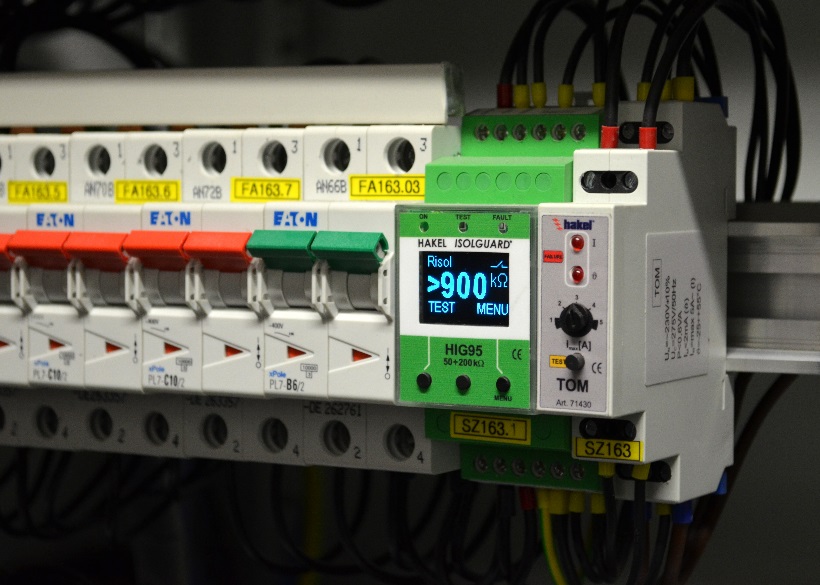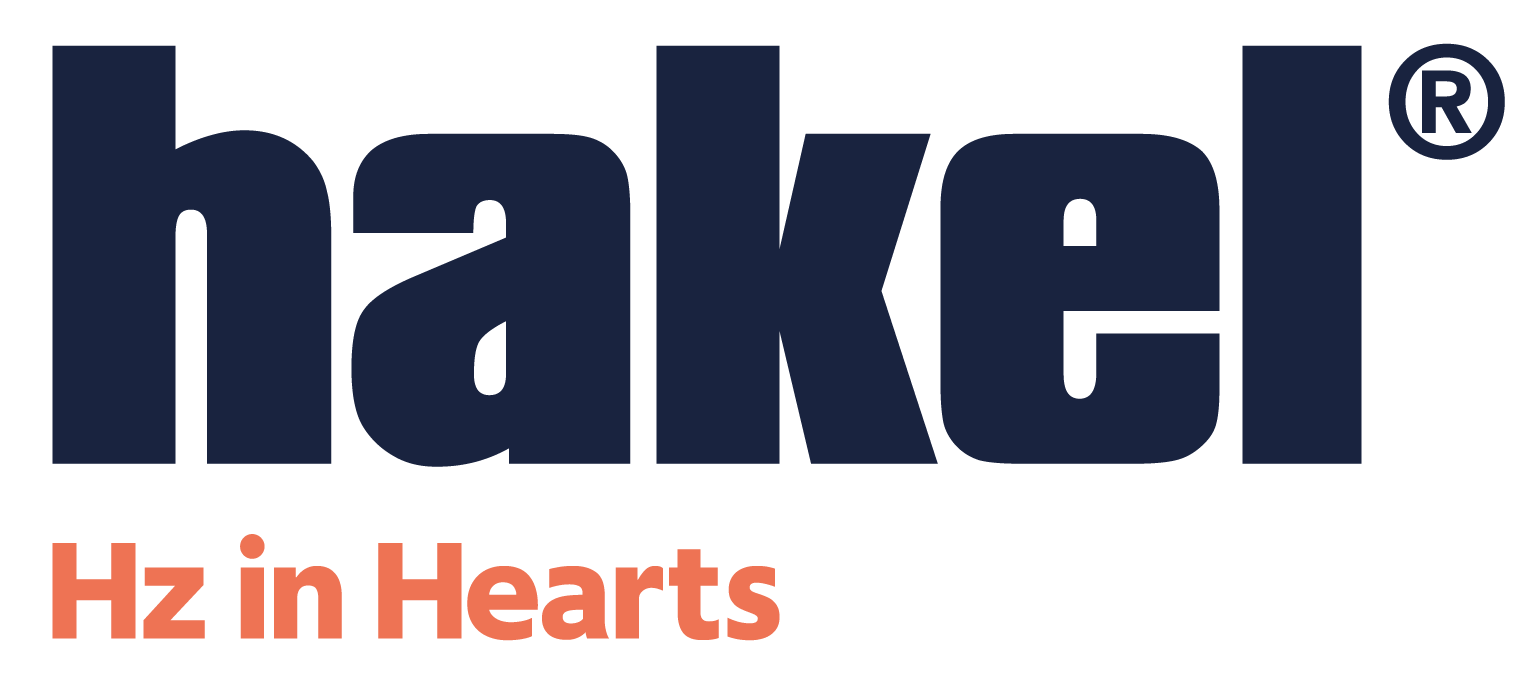UNGROUNDED SYSTEM MONITORING BY USING HAKEL “HIG” INSULATION MONITORING DEVICES – PART 1
Monitoring the status of ungrounded IT networks is a precondition for ensuring network safety and continuous operation, as required, in particular, in the health sector and in the heavy industries. The insulation monitoring devices monitor the insulation condition of the IT network and inform the operators immediately by acoustic or optical alarms about any insulation resistance decrease below the preselected Rcrit level (against the PE protective conductor).

The innovation
The development of the new monitoring device type was aimed at integrating into it microprocessor control with visual data display and with instrument parameter setting on an LCD panel. This approach also enhances substantially the precision at which the critical resistance level Rcrit can be set, thanks to the use of buttons and the display, as compared to the HIS monitoring device range where potentiometers are used for setting the parameters. Owing to this, testing the accuracy of the settings (by means of an external resistor for instance) in practical situations, e.g. in the health sector, can be omitted. In addition, the buttons and display allow you to set the alarm memory, a function which enables too low network resistance to be signalled also after the resistance has returned above the critical level (Rcrit). This offers the opportunity to inform the operators about a network problem also in their absence.
The HIG insulation monitoring devices have a modular design: the basic housing for 2 modules (36 mm) is intended for mounting on a DIN rail and can be extended/interconnected with additional modules for which there is no space in the housing. Such additional modules include, for instance, an external Ethernet communication module or an extremely rapidly responding evaluation module that may be required in mines.
Parameters of the HIG monitoring devices
The HIG monitoring devices can be powered over a much wider range than before, from 90 to 305 V AC or from 120 to 400 V DC. The separated power supply offers the option to monitor networks that are under no voltage. The protected IT network with a maximum operating voltage of 275 V AC is connected directly to the monitoring device. It is possible, though (and usually necessary in practical situations), to monitor networks with higher operating voltages. This can be achieved by creating an artificial centre of such a network, by using a HAKEL TL choke and connecting it to the monitoring device’s terminal. The HAKEL choke range includes chokes for operating voltages up to 7200 V AC.
The critical network insulation resistance level (Rcrit) can be set, depending on the monitoring device type, within the range from 5 kΩ to 300 kΩ or from 200 kΩ to 900 kΩ, or from 100 Ω to 90 kΩ, and – to comply with standards applicable to the medical sector – from 50 kΩ to 200 kΩ. The HIG monitoring devices can display current network resistance levels (again depending on the product type) up to a maximum of 5 MΩ.

The monitoring devices are equipped with one to four signalling relays with a no-potential switching contact and enable equipment for remote alarm (max. 250 V AC / 1 A) to be connected to it. Terminals for connecting an external button serving to run device testing remotely are also present.
The insulating resistance measurement itself uses injected current <0.6 mA (12 V DC) or <0.48 mA (18 V DC) from an internal source.
The fault signalling response rate is <3 s, or <80 ms for the model with the separate evaluation module. The delay of this response can be adjusted, of course.
Communication options
In addition to the alarm function and testing by means of the LEDs on the monitoring device’s front panel, the system offers the option of remote control and administration of the equipment via an RS 485 serial communication line, Ethernet interface or HAKEL MDS10T panels. The last-mentioned – MDS10T panel – features both acoustic and LED indication of network faults and is equipped with a remote test button and an alarm stopping button.
Dedicated HIG MiniMonitor485 software serves HIG monitoring and control via the RS 485 interface. Through this software, the status of the monitoring devices connected to the RS 485 line is shown on the PC screen, and the operators are visually informed about current status of the IT network. HAKEL company also supplies an HW solution – MDS-D information LCD wall panel with built-in SW for administration and monitoring of the insulation monitoring devices.
The network insulation monitoring devices that are equipped with an Ethernet module communicate based on the TCP/IP protocol and hence can be simply connected directly to a computer network, monitored through the HIG MiniMonitorETH software, administered through the web interface or used with the SMTP, SNMP, HTTP GET and MODBUS TCP communication protocols. In this manner, current data can be uploaded from the monitoring devices, e.g. to a cell phone by the wireless transmission.



